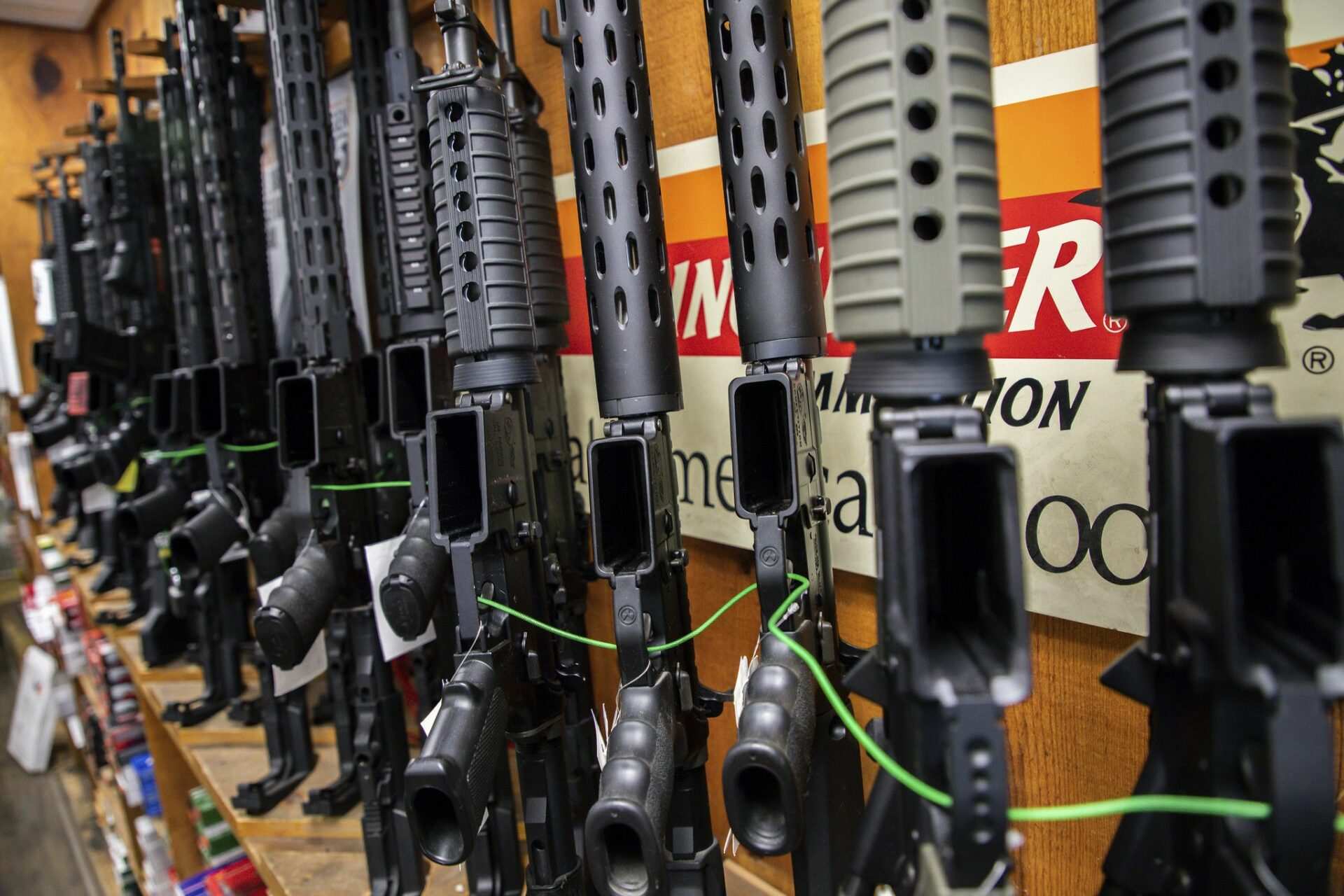
A group of gun rights activists challenging New Jersey’s gun laws may have found unlikely support for their cases, in the form of comments U.S. Supreme Court Justice Sonia Sotomayor made last week as she challenged the court’s majority decision to throw out an ATF rule banning bump stocks.
Leading the dissenting minority in the 6-3 case of Garland v. Cargill on June 14, Sotomayor wrote about the 2017 Las Vegas mass shooting, in which federal investigators closed down their investigation after concluding a single shooting suspect used multiple firearms equipped with bump stocks to fire more than 1,000 rounds into a crowd in about 10 minutes. Describing the attack, Sotomayor wrote that the Las Vegas shooter carried out the attack “by affixing bump stocks to commonly available, semiautomatic rifles.”
While Sotomayor’s dissenting opinion argued against loosening firearms restrictions, attorney Daniel Schmutter argued in a letter to U.S. District Judge Peter Sheridan that Sotomayor’s remarks could actually bolster the legality of semiautomatic rifles like the AR-15-style rifles the 2017 Las Vegas shooting suspect allegedly used. The majority held in the 2008 U.S. Supreme Court case of D.C. v. Heller that the Second Amendment of the U.S. Constitution specifically upholds the rights of individuals to possess and carry firearms that are in common use for lawful purposes.
Schmutter, writing on behalf of plaintiffs in three separate federal cases challenging New Jersey’s state firearms laws noted the similarity between Sotomayor’s usage of “commonly available” to describe semiautomatic rifles, and the Heller decision’s “common use” phrasing. While lawmakers and litigants have since debated what all falls within this “common use” phrasing concerning firearms access, Schmutter pointed to Sotomayor’s remarks as a powerful indication that many semi-automatic weapons would explicitly come under the protection of the Second Amendment.
“This stunning admission by a member of the dissent in District of Columbia v. Heller . . . McDonald v. Chicago, . . . and New York State Rifle & Pistol Association v. Bruen . . . is telling. Even a member of the Supreme Court who does not agree with the Second Amendment’s right to keep and bear arms recognizes the unassailable fact that semi-automatic firearms, the very arms banned by the laws at issue in the cases before this court, are in common use,” Schmutter wrote. “As already argued extensively in Plaintiffs’ summary judgment papers, because the subject semi-automatic arms are in common use, they cannot be banned, and the laws being challenged are unconstitutional.”
The plaintiffs in these three separate lawsuits are seeking to overturn New Jersey’s so-called “assault weapons ban” laws, which restrict ownership of various semi-automatic firearms models.
Deputy New Jersey Attorney General Christopher Ioannou responded on Wednesday, seeking to close off the “common use” arguments following from Sotomayor’s recent dissent in the Cargill ruling. Ioannou argued firstly, that while Garland v. Cargill concerned gun regulations, it was not a Second Amendment case, but rather a case concerning whether the ATF exceeded its rulemaking authority.
“Second, Justice Sotomayor’s dissent in no way suggests that ‘common availability’ is an appropriate test for Second Amendment protection—let alone a dispositive one. It thus has no bearing on the points the State and multiple appellate courts have made refuting this exact test,” Ioannou added.
It remains to be seen how these new arguments around Sotomayor’s dissenting opinion will shape the active lawsuits challenging New Jersey’s gun laws.
This article was originally published by FreeBase News and is reprinted with permission.